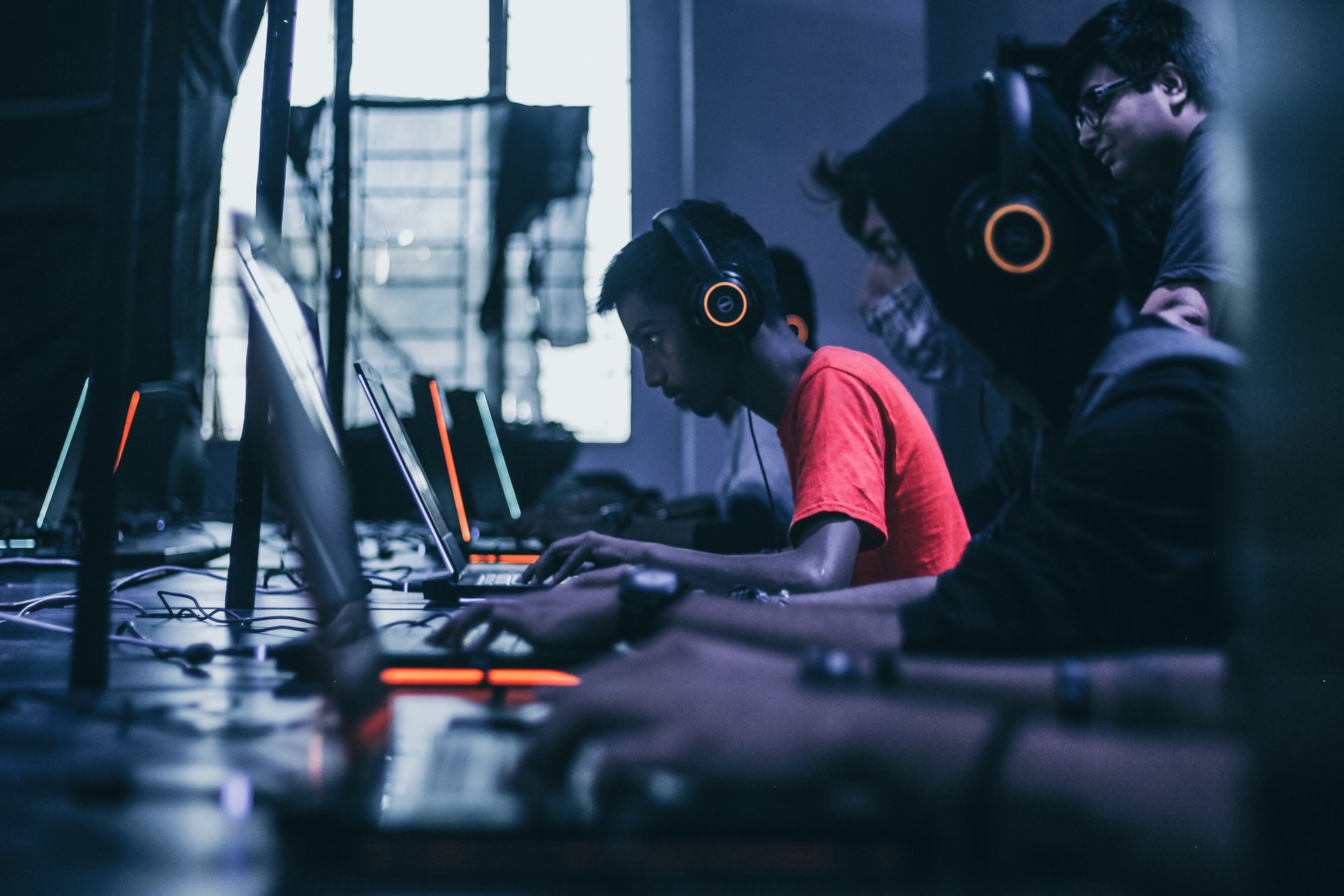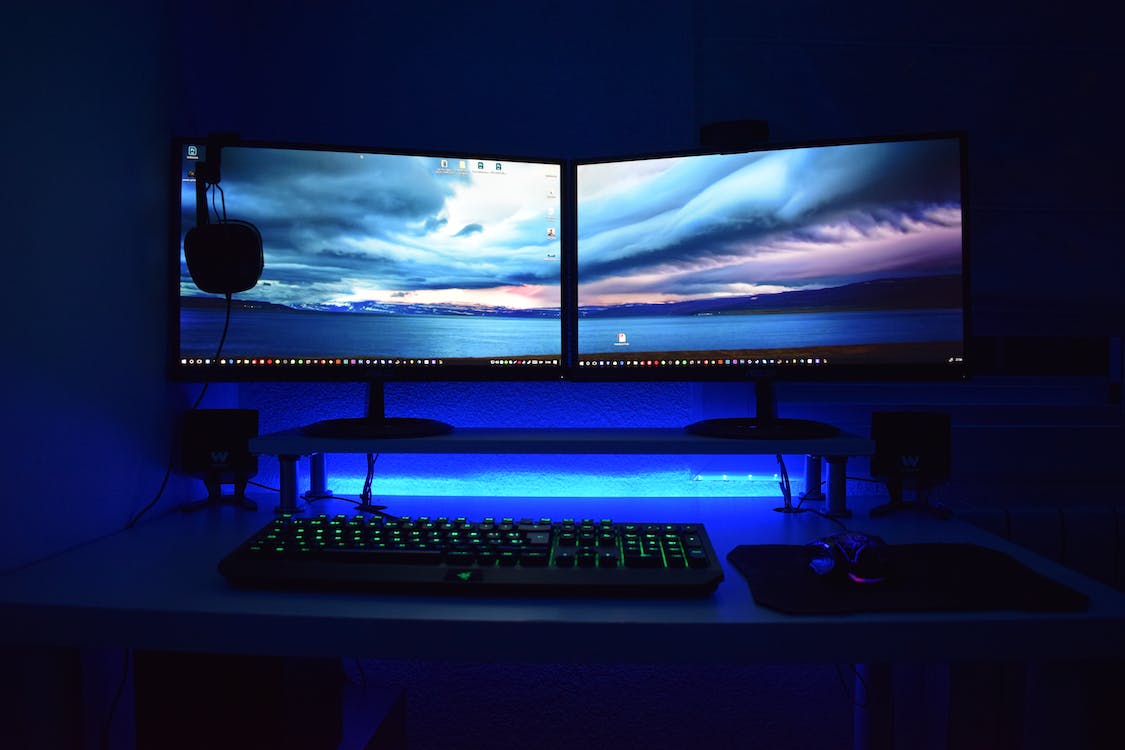Introduction
A powerful gaming PC can make all the difference in your gaming experience. If you’re a gaming enthusiast looking to embark on the exciting journey of building your gaming PC, you’ve come to the right place. In this in-depth tutorial, we will walk you through the whole process of building a gaming PC from scratch. So, let’s dive into PC gaming and start building your dream gaming rig.
In the ever-evolving landscape of technology and finance, many gamers have been drawn to the exciting world of crypto trading. Numerous people have been interested in cryptocurrencies such as Bitcoin, Ethereum, and others because they provide a fresh angle on online investing and the possibility of making large profits.

Cryptocurrency trading on the Bitcoin method app can be an enticing side pursuit for gamers interested in technology. The skills acquired from building a gaming PC, such as understanding hardware and software intricacies, can also prove valuable when diving into cryptocurrency. However, because the cryptocurrency market may be highly unpredictable, it’s important to approach trading with prudence and careful study.
Learn about investing, evaluate your risk tolerance, and only make investments you can afford to lose. As with gaming, crypto trading offers excitement and challenges, making it a realm worth exploring for those with a penchant for digital innovation.
Planning Your Gaming PC
The first step in constructing a gaming PC is defining your gaming objectives. What kind of games and what skill level are you interested in playing? Your hardware needs will change depending on whether you enjoy open-world role-playing games, fast-paced shooters, or esports games. List the fun and the parameters you want to use (e.g., resolution, frame rate).
Building a gaming PC can be as affordable or extravagant as possible. Set a realistic budget that aligns with your gaming goals. While you may be tempted to go for the most expensive components, building a powerful gaming PC on a reasonable budget with the right choices is possible.
Selecting the right components is crucial. Here’s a breakdown of the main features you’ll need:
- CPU (Central Processing Unit)
- GPU (Graphics Processing Unit)
- Motherboard
- RAM (Random Access Memory)
- Storage (SSD/HDD)
- Power Supply Unit (PSU)
- Computer Case
- Cooling System
- Peripherals (monitor, keyboard, mouse, headset)
To build your gaming PC, you’ll need a set of tools, including a screwdriver, anti-static wrist strap, cable ties, and thermal paste. These tools are essential for assembling the components safely and efficiently.
Assembling Your Gaming PC
Before diving into assembly, create a clean and well-lit workspace. Make sure you have adequate space to arrange your tools and operate comfortably. An anti-static wristband is an excellent way to ground yourself and keep static energy from harming your components.
Start by installing the CPU onto the motherboard, following the manufacturer’s instructions. Install the RAM into the appropriate motherboard slots once the CPU has been installed. Verify that it is seated firmly.
Place the motherboard into the computer case cautiously, ensuring it matches the standoffs. Make sure the motherboard is securely fastened in position by using screws. Install the power supply inside the casing and attach the cords to the CPU, motherboard, and other parts. To preserve optimum ventilation and aesthetics, ensure cables are adequately managed.
Place the graphics card into the motherboard’s corresponding PCIe slot. Make sure it clicks in place, and if needed, fasten it with screws. Attach the necessary power wires between the GPU and the PSU. Install your storage devices (SSD/HDD) and connect them to the motherboard and power supply. Many motherboards have M.2 slots for SSDs, allowing for faster data access.
Install additional components such as Wi-Fi, sound, or expansion cards if needed. Connect them to the motherboard as instructed. Proper cable management not only enhances the appearance of your PC but also helps with cooling.

Installing Operating Systems and Drivers
To install the operating system, insert the installation media (usually a USB drive or DVD) and follow the prompts on the screen. Be sure to enter your product key and select the appropriate settings.
After the OS is installed, it’s essential to install device drivers for your motherboard, GPU, and other components. For best performance, download and install the most recent drivers from the manufacturer’s websites. Install any necessary apps, web browsers, and antivirus software. Install the games you enjoy most from online stores like Steam, the Epic Games Store, etc.
To guarantee you get the newest fixes and optimizations, update your games, drivers, and operating system regularly. Customize in-game settings to achieve the desired level of performance and visual quality.
Maintenance and Troubleshooting
Dust accumulation is a common issue affecting your system’s cooling and performance. Periodically clean the dust from your PC’s components, including fans and heatsinks, using compressed air or appropriate cleaning tools.
Also, take the time to inspect for loose cables and connections, ensuring everything is securely fastened. To monitor your PC’s temperature and performance, consider using software tools that provide real-time information to make informed decisions on system optimization.
While building a gaming PC is an exciting endeavor, it may occasionally lead to issues such as no display, unexpected shutdowns, or hardware compatibility problems. It’s essential to familiarize yourself with standard troubleshooting techniques and solutions.
When you encounter issues, don’t panic; consult online resources or forums where you can find valuable guidance and support from the PC-building community. By understanding how to address these common problems, you can ensure that your gaming PC stays in top form and continues to provide an enjoyable gaming experience.
Conclusion
Constructing a gaming PC may be an enjoyable and economical method to take advantage of top-notch gaming experiences. Following this thorough tutorial will prepare you to organize, put together, and take care of your gaming setup.
Remember to choose your components wisely, maintain your PC regularly, and stay updated with the latest technologies to ensure your gaming PC performs at its peak. Now that you’ve learned how to build a gaming PC, it’s time to create your dream gaming setup. Happy gaming!
